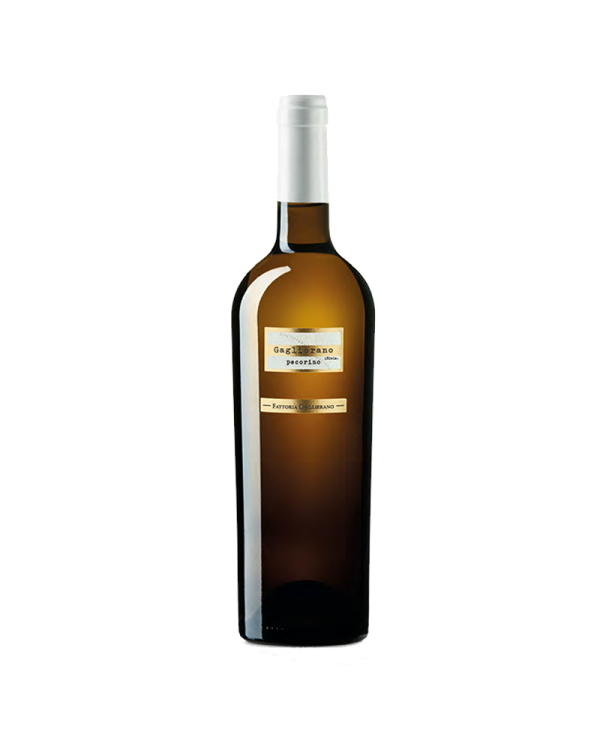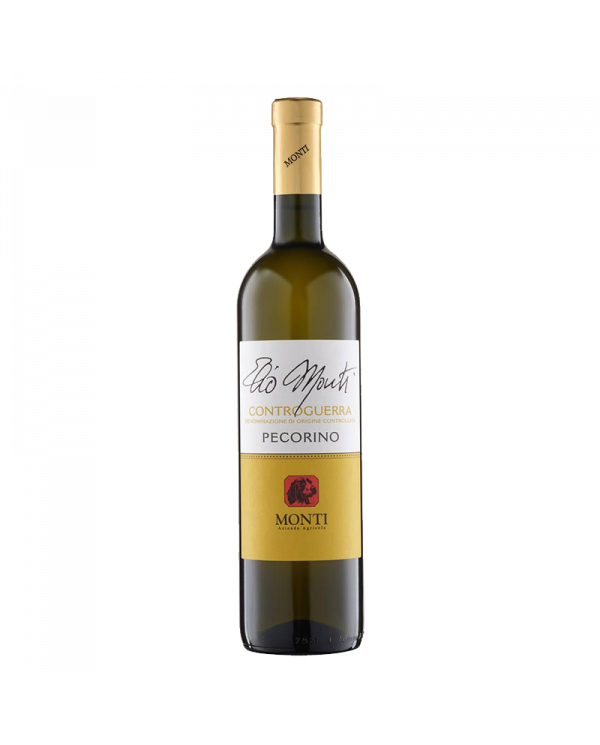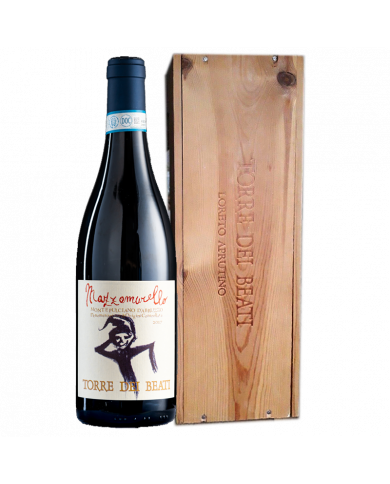Pecorino d'Abruzzo denomination: the complete guide
Pecorino d'Abruzzo is a Denomination of Controlled Origin (DOC) white wine produced in Abruzzo , a region in central-southern Italy. In this article we will explore the characteristics of this wine, from its history to its production and tasting. We will also discover which dishes go best with this wine and how to store it correctly.
Pecorino d'Abruzzo is a white wine obtained from the processing of Pecorino grapes. Its production is permitted only in some provinces of Abruzzo and in particular in the territories of Chieti, L'Aquila and Teramo. This wine has an ancient history, but it has only recently achieved considerable popularity.
Terroir and Pecorino d'Abruzzo production
The Abruzzo region is characterized by a Mediterranean climate with mild winters and hot, dry summers. The Pecorino d'Abruzzo terroir extends over the hills adjacent to the Adriatic Sea, which offer excellent exposure to the sun and a soil rich in minerals.
The vine used for the production of Pecorino d'Abruzzo is Pecorino, an ancient native vine of Abruzzo. The vinification of Pecorino d'Abruzzo takes place through fermentation at a controlled temperature, followed by a short period of aging in the bottle.
Organoleptic characteristics Pecorino d'Abruzzo
Pecorino d'Abruzzo has a straw yellow color with greenish reflections. Its aroma is intense, with notes of exotic fruit and citrus. On the palate, the wine is fresh and mineral, with good acidity and a slight tanginess. Its alcohol content varies from 12% to 14%.
The main characteristic of Pecorino d'Abruzzo is its freshness and flavour. Thanks to the particular terroir and the careful vinification, this wine manages to preserve a remarkable minerality and a great aromatic intensity.
Food pairing Pecorino d'Abruzzo
Pecorino d'Abruzzo goes very well with fish dishes, such as fish soup, grilled fish and seafood risotto. Furthermore, this wine can be paired with white meat dishes, such as chicken and turkey, and with fresh and creamy cheeses such as ricotta and goat cheese.
Pecorino d'Abruzzo is a very versatile wine that also goes well with vegetable dishes, salads and appetizers. In general, it is recommended to combine this wine with fresh and light dishes, but also with tasty and structured dishes.
Storage and service of Pecorino d'Abruzzo
Pecorino d'Abruzzo must be served cold, at a temperature between 10°C and 12°C. To preserve the wine, it is recommended to store it in a cool, dry place away from direct sunlight. After opening the bottle, the wine can be stored in the refrigerator for a maximum of two days.
Economic notes
Pecorino d'Abruzzo is a highly appreciated wine in Italy and abroad. The annual production of bottles is around one million pieces, and the average price of a bottle is around 10 euros.
Conclusion
Pecorino d'Abruzzo is a white wine with a fresh and mineral taste, which deserves to be discovered and appreciated. Thanks to the particular terroir and the careful vinification, this wine manages to preserve a remarkable minerality and a great aromatic intensity. Its versatility makes it suitable to be paired with a wide range of dishes, from fish dishes to white meat and vegetables.
FAQs
What are the provinces of Abruzzo where the production of Pecorino d'Abruzzo is permitted?
Production is permitted in the provinces of Chieti, L'Aquila and Teramo.
What are the organoleptic characteristics of Pecorino d'Abruzzo?
Pecorino d'Abruzzo has a straw yellow color with greenish reflections. Its aroma is intense, with notes of exotic fruit and citrus. On the palate, the wine is fresh and mineral, with good acidity and a slight tanginess.
What are the vines used for the production of Pecorino d'Abruzzo?
The vine used is Pecorino, an ancient native vine of Abruzzo.
What is the average price of a bottle of Pecorino d'Abruzzo?
The average price is around 10 euros.
Which dishes goes best with Pecorino d'Abruzzo?
Pecorino d'Abruzzo goes very well with fish dishes, white meat, fresh and creamy cheeses, but also with vegetable dishes, salads and appetizers.




















